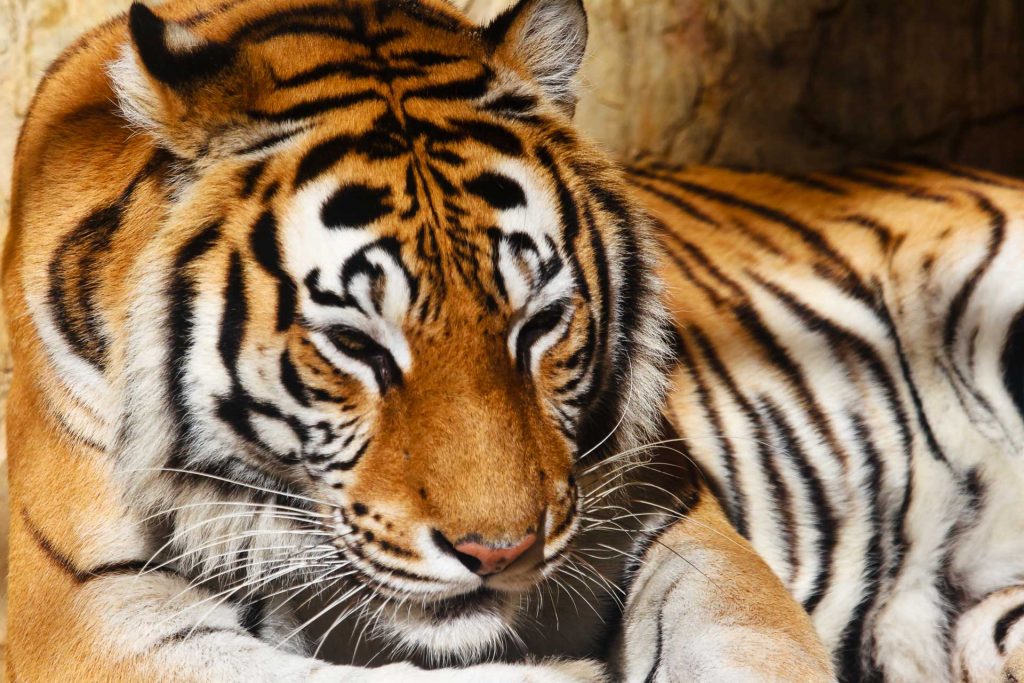
Conducted Every Year during the summer
Line transect sampling is a distance sampling method widely used for estimating the abundance of wild animal populations especially ungulates.
Lines are placed randomly across a study region, or more usually a systematic grid of lines is randomly positioned, and the observer traverses each line, recording the perpendicular distance from the line to each detected animal. Typically, the observer fails to detect all animals in the surveyed strip, and these distances are used to model the probability of detection, and hence to estimate abundance.
By uploading the data into Open Source software Distance we get the prey density estimate, an important factor in wildlife management.
Conducted every year during the summer
In this method, observations on sighting are collected at water holes (during summer) for 24 hours preferably from 6 PM to 6 PM on full moon days. The basic assumptions made in this method are that every animal has an equal opportunity to visit a water hole and every animal drinks water at least once in a day.
Number of animals sighted are counted and recorded throughout the 24 hours and later on, the data is compiled species wise to arrive at the density figures. This method also gives an index or trend regarding the population and not the estimate of the population. If information on frequency of water consumption by animals for the area is collected, the figures compiled can be corrected for the repeat visitors and the trend can be refined a little. This is one of the easiest methods and with little training (along with volunteers from colleges, NGO’s, etc.). For these reasons, this is the most popular method in many parts of our country.
Tiger phase IV monitoring protocol
Conducted every year during February to May to estimate minimum Tiger population and also prey density


* Phase IV involves estimating population of tigers and its prey
* Intensive monitoring of tiger source populations in tiger reserves and PAs in each tiger landscape complex will be done.
* Camera trap density one pair per 2 sq. km will be installed
* Minimum trap nights of 1,000 per 100 sq. km
* 25 pairs of cameras in 100 sq. km for 60 days
* Transects line to be minimum of 2km length
* Obtaining minimum tiger numbers through DNA analysis from scats in select areas
Conducted once in four years to estimate tiger population.
Based on tiger signs obtained during the carnivore sign survey, camera traps are placed in the field in a grid of 2 sq. km’s for a period of 25 days.
Individual tigers are identified using software Extract-Compare.
Tiger abundance is estimated using mark recapture frame work.

Designed by Brand Your Work